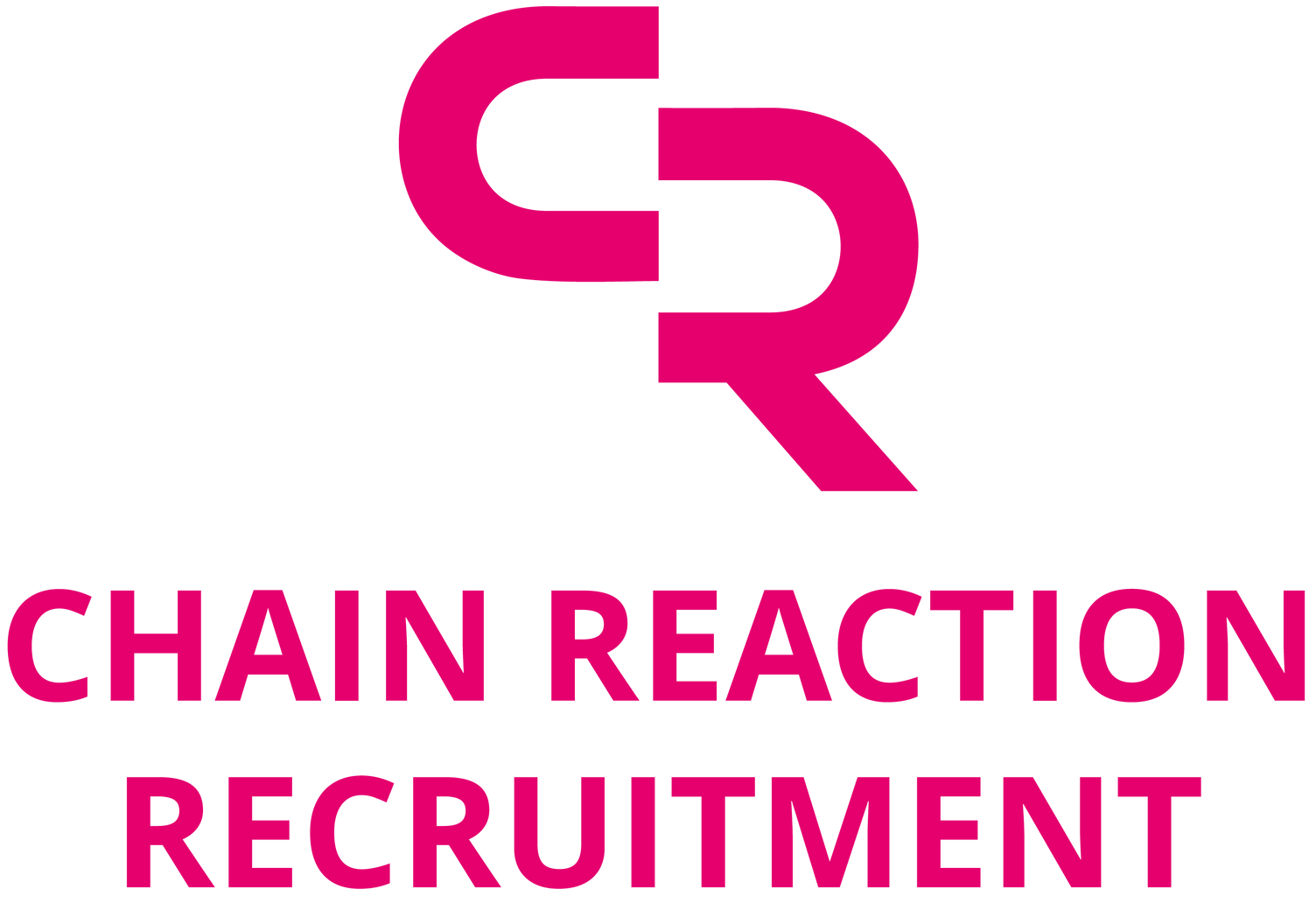In today’s fast-paced and unpredictable global marketplace, demand forecasting is a crucial component of Supply Chain management. Accurate and timely demand forecasting allows organisations to make informed decisions, optimise operations, and align supply with customer expectations. However, traditional demand forecasting methods often fall short in the face of market volatility, shifting consumer preferences, and supply chain disruptions. This is where optimum demand forecasting comes into play—a sophisticated, data-driven approach that enables organisations to improve accuracy, agility, and resilience.
In this blog, we’ll explore the key benefits of implementing optimum demand forecasting in your Supply Chain and why it’s vital for organisations aiming to get an edge on their competitors!
Enhanced inventory management and reduced stockouts
One of the most critical benefits of optimum demand forecasting is the ability to align inventory levels with real market demand. Organisations often struggle with maintaining the right amount of inventory - too much can lead to excessive holding costs, while too little can cause stockouts and lost sales.
With optimum demand forecasting:
- Right inventory levels: Companies can accurately predict how much stock is needed and when, reducing overstock situations that tie up capital and avoiding stockouts that damage customer satisfaction.
- Improved order fulfillment: With better forecasting, businesses can ensure they have the right products available at the right time, leading to higher order fulfillment rates and on-time delivery performance.
- Avoiding obsolescence: Especially for industries with rapidly changing products, like electronics or fashion, optimum forecasting helps avoid the buildup of obsolete inventory that may be difficult to sell at full price.
Ultimately, optimum demand forecasting optimises inventory turnover rates, ensuring that products move efficiently through the Supply Chain, reducing waste, and minimising carrying costs.
Cost savings across the Supply Chain
Supply Chain operations are often expensive, with high costs associated with manufacturing, transportation, warehousing, and labour. One of the most effective ways to control these costs is through demand forecasting.
- Reduced safety stock: Traditional supply chains often rely on high levels of safety stock to protect against demand variability. By improving forecast accuracy, organisations can reduce the need for excessive safety stock and lower inventory holding costs.
- Optimised production schedules: Manufacturers benefit from optimum demand forecasting by aligning production schedules with real-time demand data. This helps reduce production costs related to overproduction, emergency orders, or underutilisation of resources.
- Minimised expedited shipping costs: Forecasting demand accurately helps companies plan transportation and logistics more effectively. This means fewer last-minute rush shipments, which can be significantly more expensive, and the ability to choose more cost-efficient shipping methods.
Better demand forecasts lead to optimised supply chain processes and significant cost savings, enhancing a company's overall profitability.
Improved supplier relationships and collaboration
Optimum demand forecasting isn’t just about benefiting the internal Supply Chain; it also plays a key role in strengthening relationships with suppliers.
- Better lead time planning: Suppliers can rely on more accurate forecasts to align their production schedules with their customers' needs. This leads to improved on-time deliveries and fewer delays caused by last-minute order changes or spikes in demand.
- Stronger supplier partnerships: Consistent communication and data sharing based on reliable demand forecasts create a more collaborative environment, allowing suppliers to be proactive in managing their inventory and resources. Stronger supplier relationships foster better pricing negotiations and higher quality service.
- Faster response to disruptions: When businesses and their suppliers operate with synchronised demand data, they can respond more quickly and efficiently to supply chain disruptions, such as raw material shortages or logistics delays.
Optimum demand forecasting creates a collaborative ecosystem where suppliers and manufacturers can work together seamlessly to meet customer demand, minimise risks, and streamline processes.
The strategic advantage of optimum demand forecasting
Optimum demand forecasting is more than just a tool for predicting consumer demand—it is a strategic asset that can drive cost savings, improve customer satisfaction, enhance supplier relationships, and create a more agile, resilient supply chain. In a world where uncertainty and volatility are becoming the norm, businesses that invest in advanced demand forecasting will be better positioned to thrive.
By integrating advanced technologies, fostering collaboration across the Supply Chain, and continuously refining forecasts through data-driven insights, companies can optimise their supply chain operations, meet customer expectations, and stay ahead of the competition.
Are you leveraging optimum demand forecasting in your supply chain?
Let us know how it’s impacting your business in the comments below!






